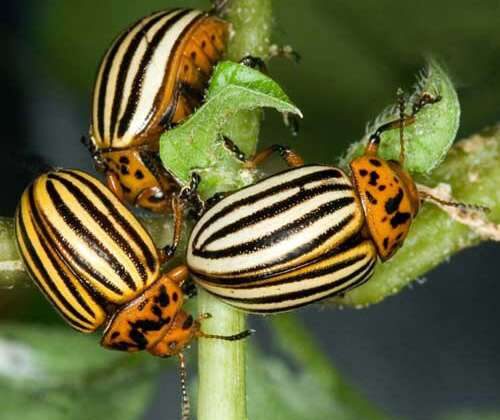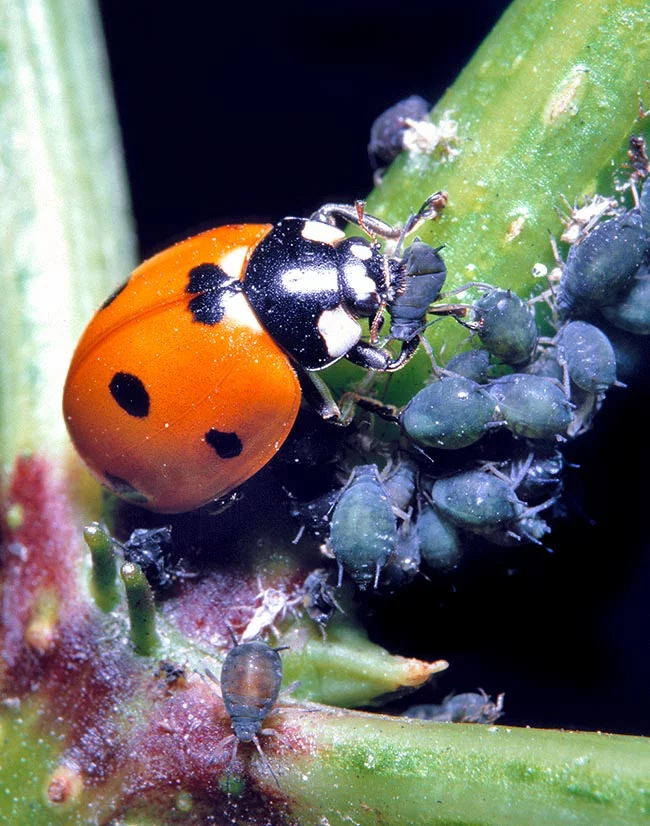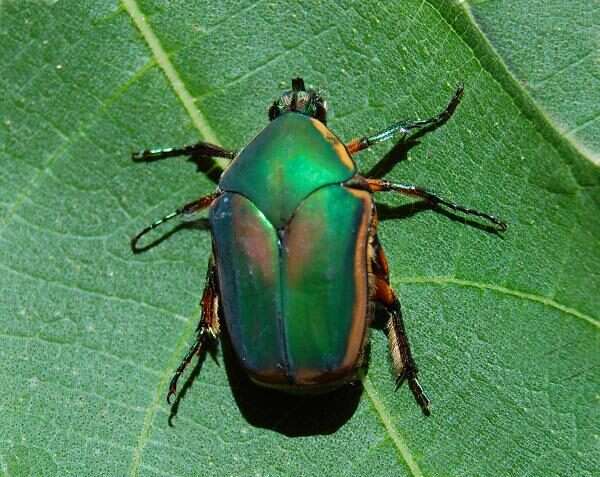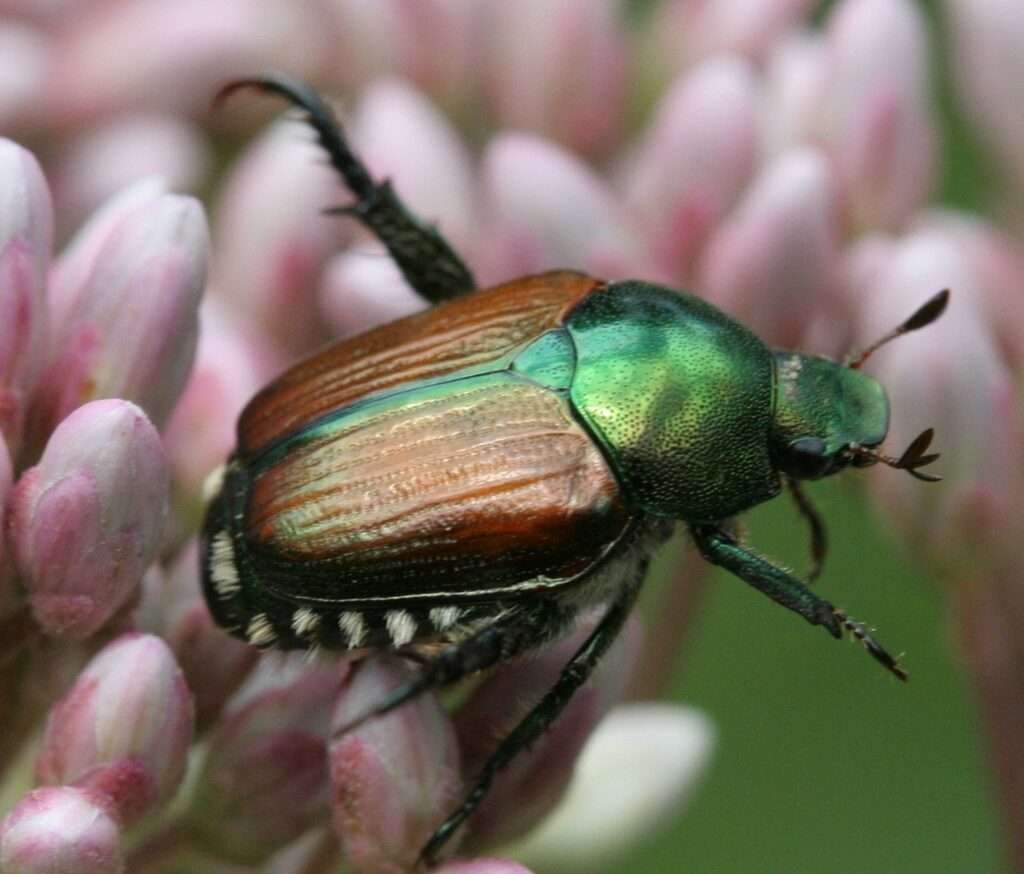
A significant pest of potato crops is the Leptinotarsa decemlineata, commonly known as the Colorado potato beetle. It measures about 10 mm (38 in) in length and has five distinct brown stripes running the length of each of its elytra. It originated in the Rocky Mountains and spread quickly in the potato fields of America and subsequently Europe starting in 1859.
Geographical Location
The Colorado potato beetle, Leptinotarsa decemlineata, is presently widespread throughout all of North America east of the Rockies, as well as parts of Europe and Asia. Its distribution spans about 6 million km2 in the Palearctic and Oriental regions and 8 million km2 in the Nearctic region. Leptinotarsa decemlineata was initially discovered in Mexico and the southwest United States. The majority of the temperate Southern Hemisphere as well as Korea, Japan, sections of Africa, and other locales are projected to be home to Leptinotarsa decemlineata.
Living Place
This beetle is primarily found in agricultural regions where the Solanaceae family of crops, including eggplants, peppers, potatoes, tobacco, and tomatoes, are grown. It can also be found in open grassland environments on non-agricultural plants of the solanaceae family.
Description of the body
The physical characteristics of Leptinotarsa decemlineata include those of chrysomelid beetles, including oval shape, 5-5-5 tarsi, and antennae that are shorter than the body.
Elytron
Adults have five distinct, dark brown stripes along each elytron and can reach a maximum size of 8 to 10 mm.
Thorax
The thorax is rich orange in color, with a complicated pattern of black specks on top.
Abdomen
The abdomen side is convex and extremely stout (big and fat) relative to the rest of the body, and is often covered with a row of black spots in larvae. Eggs are orange or yellow in hue, resembling footballs.
Size
They are 0.8 mm broad and between 1.7 and 1.8 mm length., the surfaces of dorsal, ventral are deep red in hue and clearly non-parallel.

Longevity
During the summer, the majority of individuals spend at least a few weeks living as grownups. The final generation of the year overwinters as adults and, as a result, lives to an older age, despite being largely inactive.
Feeding Habits
Primarily feeding on Solanum plants, Leptinotarsa decemlineata skeletonized the plant, leaving just the roots and stems. The cultivated potato, Solanum tuberosum, is currently the most suitable host for this beetle. The original hosts of the insect, Solanum augustifolium and Solanum rostratum, are other acceptable hosts. Solanum dulcamara, a species native to Europe but now widely cultivated in North America, is frequently found there.
Economic Importance in Humans Life
Positive
Leptinotarsa decemlineata has no documented beneficial benefits on humans.
Negative
One of the worst agricultural defoliators and pests is Leptinotarsa decemlineata. Tomatoes, eggplants, and potatoes, among other agricultural plants, are severely harmed by the Colorado potato bug. The host plant is reduced to its skeleton by feeding on its foliage as both larvae and adults do, leaving only the roots and stems. Insecticides have been used to lessen the damage that beetles do to agricultural produce as a result of this destruction, costing farmers millions of dollars each year. This beetle species has been a major pest issue across the nation and continues to be a problem for farmers each year.
Table





